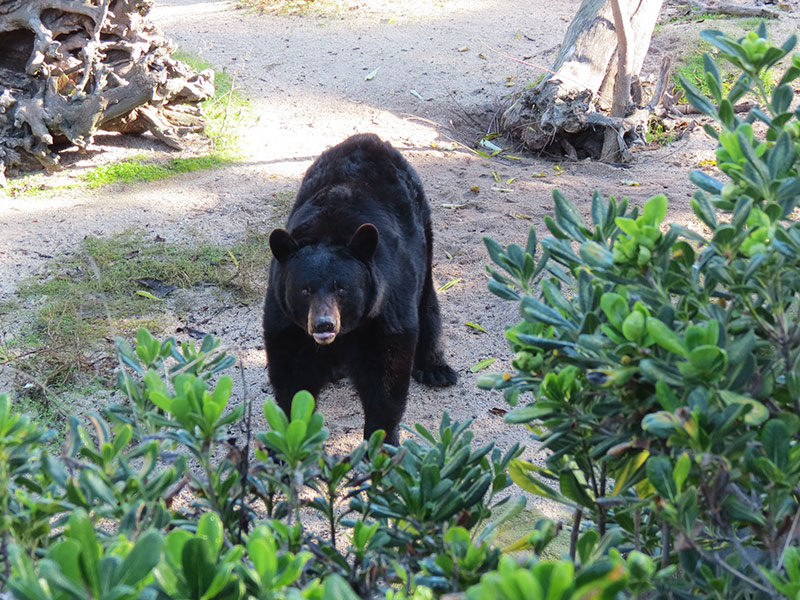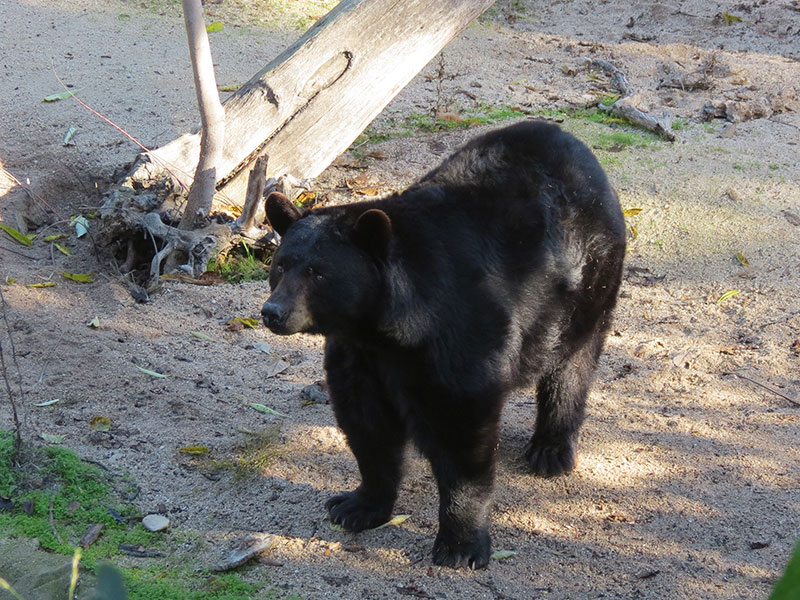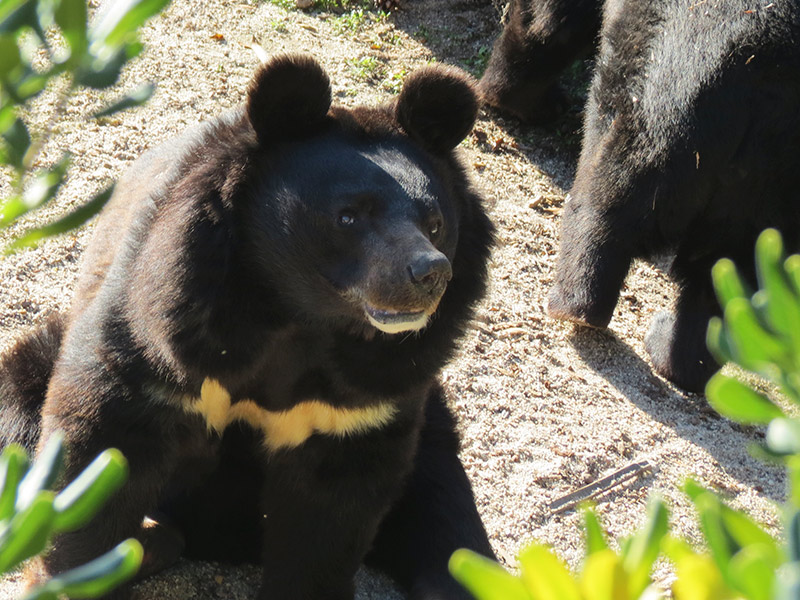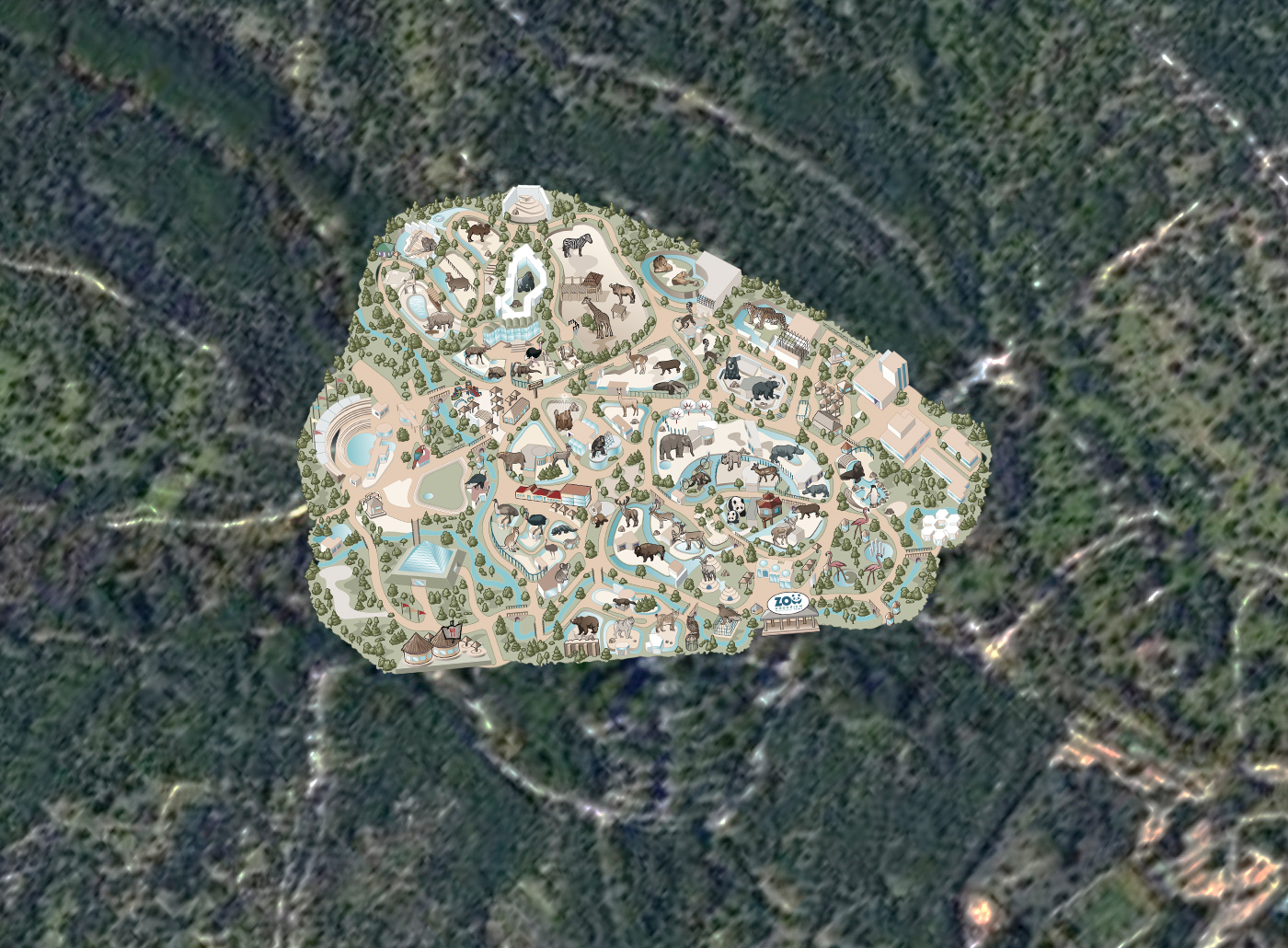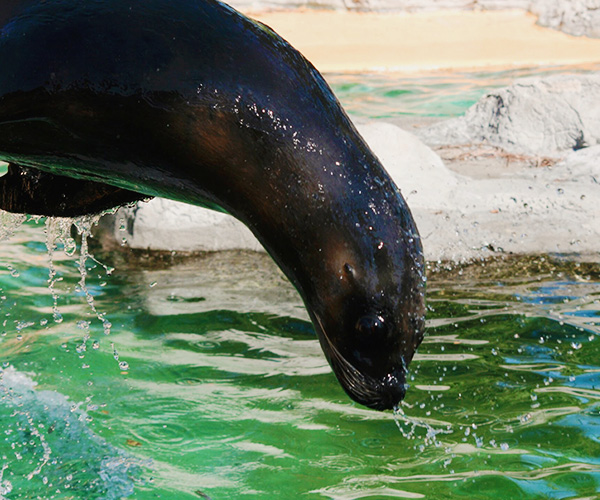Considered the most powerful of the Asiatic bears, it can reach 200 kilograms in weight. Other names given to it are: Himalayan bear, Asiatic black bear and even “collaredbear” (due to the white V and Y-shaped spot printed on its chest, similar to a bib).
The Tibetan bear is a magnificent climber that easily climbs trees, where it often sleeps in summer.
Its distribution, now depleted and vulnerable, covers Asian forests and mountainous areas from Iran to Japan.
Humans are transforming bear habitat into agricultural land, making it a very attractive food source for bears. This is leading to ongoing conflict with humans, often resulting in the killing of bears.
They are not very territorial bears, although they mark with paws or urine the area in which they move. Generally they do not hibernate, except in the case they live in very cold regions (Russia, Korea, Japan, Himalayas and Northeast China).
Bear cubs weigh about 230 g at birth, open their eyes after 30 days and stay with their mother until they are one or one and a half years old.
The Tibetan bear is omnivorous, with seasonal changes in diet. During warmer months they tend to eat succulent plants and in colder months fruits and berries.
